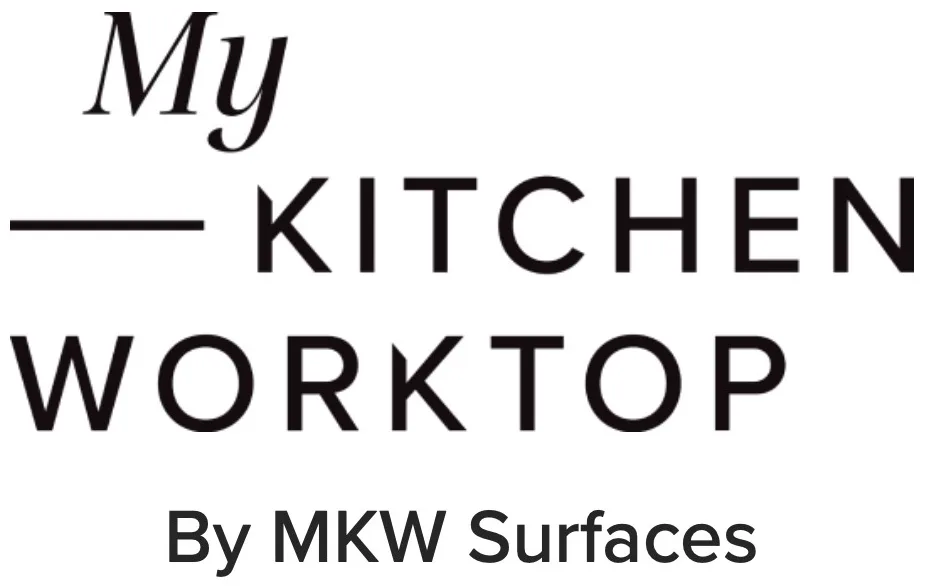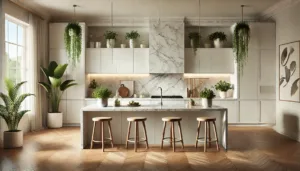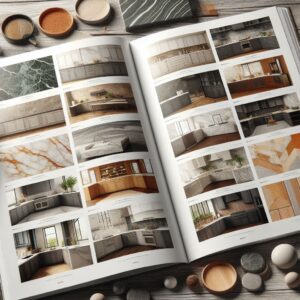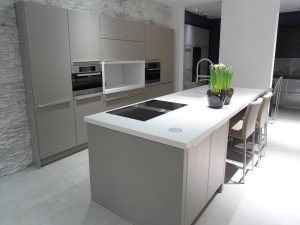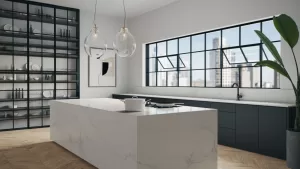In this article we are going to cover and discover the different granite edges. Advantages, disadvantages and information about aesthetic and functional elements of each type of granite and natural stone edge.
Different granite edges have been around for hundreds of years and are a developed response to different requirements throughout time.
The craft of shaping rough pieces of stone into beautiful geometrical shapes and their arrangement to create structures has existed sine the beginning of times. Initially edges were created so people would not have to feel the roughness of rocks in certain places.
Over time and with the advances of technology, the different granite edges have become a statement made by owners, designers and manufacturers of stone.
There are dozens of different granite edges and these can be divided into four main categories:
1) Traditional granite edges: These edges are the oldest and bring those classic looks that evoke the ornate elegance of ancient times.
Some of the different granite edges within the traditional group are:
Ogee Edge
![]()
Ogee edge offers delicacy and detail. It also brings out the beauty and elegance in stone.
This is a very popular edge profile in kitchen islands as it reinforces its perimeters.
![]()
Image by Formica
Roman Ogee Edge
![]()
It is shaped somewhat like an S, with of two arcs that curve in opposite senses, so that the ends are parallel.
This edge has a distinctive profile for cutting classical decorative detailing into the edges of tabletops and vertical strips.
![]()
Roman ogee edge in a material from a similar era: Arabescato Romano. (Image by Graniteworlsmd)
Dupont Edge
![]()
This is another decorative edge popular in designs where antique or Victorian looks take precedence.
Also popular for granite and marble vanity tops in bathrooms and wet rooms.
![]()
Dupont edge on a traditional Negro Marquina top. (Image by the stone studio)
2) Standard & Contemporary edges: these are the most popular amongst the different granite edges and are usually included within the basic cost of producing a given piece of stone.
Pencil Edge
![]()
Pencil, also known as ‘eased’ is the most popular profile due to its simplicity and functionality.
The eased look provides a smooth finish to any stone and minimizes risks associated with chipping of the granite or marble.
![]()
Pencil edge profile with rounded edges on Santa Fiori limestone by My Kitchen Worktop
Chamfer Edge
![]()
A Chamfer is a bevel edge that connects 2 points or surfaces that are usually symmetrical at 45 degrees.
A disc is rotated with a rocking motion so grit wears off the sharp edge of the stone.
Chamfer edges are also very popular as these also prevent chipping of the granite worktops.
![]()
1/2 bevel chamfer edge is angular and provides a modern look to stone as per the above image on a Carrara quartz by Laporte.
Double Round Pencil Edge
![]()
Also know as a Roman Round, it is simple and clean-lined with a very smooth arch that can make the stone look thicker whilst softening sharp corners.
![]()
Double pencil edge profile on a traditional kitchen island by Cameo Inc
Chiseled Edge
![]()
Also known as ‘rock edge’ is made by forcing a chisel into the stone to cut it.
This is a manual procedure where a hammer or mallet is applied to carve small pieces into the material.
A chiseled edge provides a unique, rough and original look to the granite or marble in use.
![]()
Image of a Kashmir White honed granite piece with chiseled edge by Home Innovations
Laminated edges
![]()
Also know as ‘stacked edges’ this are non-standard and usually composed by two slabs that are attached or laminated to give this; out of all the different granite edges, a much thicker appearance.
![]()
Waterfall edge profile is an intricate procedure finished by a combination of machines and manual labour. Image by Cambria
![]()
Mitered edge profile to front edges with a 250mm fascia in Crema Marfil marble by My Kitchen Worktop
Please contact us on 0203 0788912 or via hello@mykitchenworktop.co.uk for more information about the different granite edges.

